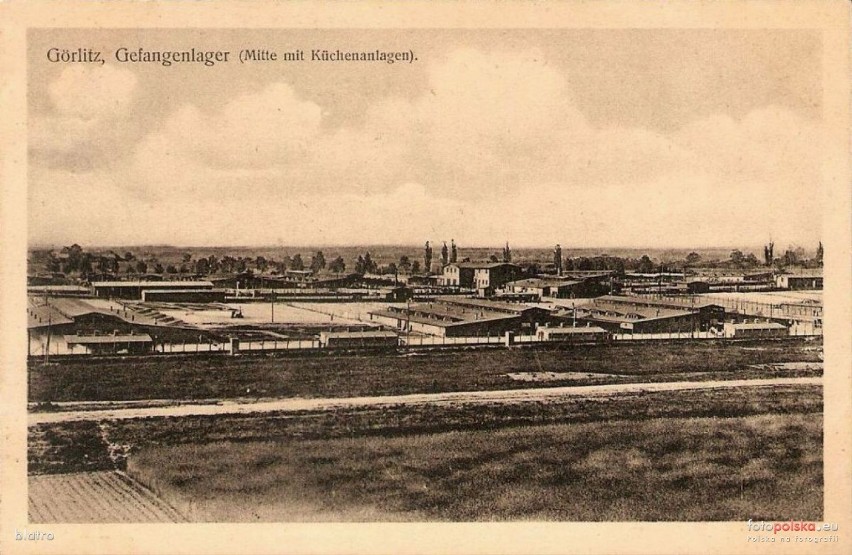Quartet for the End of Time was penned in a prisoner-of-war camp in Görlitz. Its première in a freezing cold barracks in 1941 was heard by an audience comprising more than 400 prisoners. After the concert, the French composer Olivier Messiaen (1908–92) noted: ‘Never before have I been listened to with such attention and understanding.’
It is an outstanding piece. After all, we would not readily say that we owe anything to war; and yet, had it not been for the Second World War, this music would most probably never have seen the light of day. ‘Contemporary music,’ writes Alex Ross, the music critic for the New Yorker and the author of The Rest is Noise, ‘is sometimes so singularly beautiful that people gasp in wonder when they hear it. Olivier Messiaen’s Quartet for the End of Time, with its grandly singing lines and gently ringing chords, stops time with each performance.’
Time stopped for the first time on 15 January 1941 in the camp in Görlitz, where the French composer had been confined since 1940. It was here that he composed his Quartet for the End of Time for violin, clarinet, cello and piano, undersigning it with the words ‘In homage to the Angel of the Apocalypse, who raises his hand towards Heaven saying “There shall be no more time.”’ On a winter evening, in a freezing cold barracks with a makeshift stage, a Polish soirée was held during which over 400 camp inmates first heard the Quartet. This event was possible thanks to sympathetic German officers, who were not particularly well disposed to Hitler’s ideology and who provided the composer with the right conditions to work on his music (one of the guards even helped forge documents allowing Messiaen to be released from the camp). After that first performance of the Quartet, Messiaen noted: ‘Never before have I been listened to with such attention and understanding.’
After all, we would not readily say that we owe anything to war; and yet, had it not been for the Second World War, this music would most probably never have seen the light of day.
Messiaen was one of the most prominent composers of the 20th century. Despite being seen as the father of mathematical thought in music, his works were sensual and sublime, pregnant with expression and symbolism. Among his most important scores are: Vingt regards sur l’enfant-Jésus (1944) for piano, Catalogue d’oiseaux in seven volumes (1956–58), Turangalîla-Symphonie (1946–48) for piano, ondes martenot and orchestra, La Transfiguration de Notre Seigneur Jésus-Christ (1965–69) for choir, solo instruments and symphony orchestra, and the opera St. François d’Assise (1975–83). The composer was fascinated by non-European cultures and he drew on, among others, Indonesian motifs and Japanese music (Sept haïkaï [1962] for piano and orchestra) for inspiration. He authored the treatise The Technique of My Musical Language (1944), in which he described his own concept of harmony. Messiaen studied the songs of birds from different geographical areas, and put down his observations in a notebook during his walks.
Quartet for the End of Time consists of eight movements: Cristal Liturgy, Vocalise for the Angel Announcing the End of Time, The Abyss of the Birds, Interlude, Praise to the Eternity of Jesus, Dance of Wrath, for the Seven Trumpets, Tangle of Rainbows, for the Angel Announcing the End of Time, and In Praise of the Immortality of Jesus. The whole lasts around fifty minutes. The composer is said to have been inspired by a sunset during which he saw an angel with a rainbow upon his head. Messiaen also noted a peculiar condition brought on by hunger and exhaustion called synaesthesia, i.e. the ability to associate sounds with colours. For the composer, the ‘end of time’ referred to in the title concerned the end of such notions as the ‘past’ and the ‘future’ and the beginning of eternity, and not simply the end of captivity. In turn, the aforementioned Alex Ross notes the technical meaning of the title – the rejection of a fixed metre (irregularity was a permanent feature of the Frenchman’s music): ‘Messiaen responded to the mechanised insanity of the Second World War by offering up the purest, simplest sounds he could find.’
It is possible that the Quartet is simply a collection of moments, which, in a sense, are independent of one another. This is what may be alluded to by the titles of the individual movements – close and yet at the same time distant from one another. The movements differ from one another in terms of mood and instrumental set-up: one of them was written for solo clarinet, two others for duets (cello and piano, violin and piano). The monotonous rhythmic patterns often evoke associations with the Gregorian chant.
Quite unusual is the third movement (The Abyss of the Birds), which is a clarinet solo that lasts several minutes. The influence of the composer’s birdsong studies is quite distinctly felt here: the listener can almost hear the calls of the blackbird and nightingale, and their pure vocalises sound like a struggle against time. In the glorious fifth movement, Praise to the Eternity of Jesus, the leading instruments are the cello and the piano. This love duet must be played with a passion bordering on mystical rapture – and this is also the way it should be listened to. After all, the slow part of the cello symbolises Jesus the Word, which is beyond time. In the sixth movement, The Dance of Wrath, for Seven Trumpets – the most distinctive in terms of rhythm – the four instruments in unison imitate the sounds of gongs and apocalyptic trumpets. In the finale, Praise for the Immortality of Jesus, set against an otherworldly background conjured up by piano chords, the flowing lines of the violin answer the cello solo from the fifth movement. It is a clear reference to Jesus the Word Incarnate (John 1:14–18).
And thus, music becomes a testimony to an absolute and irrational faith against all odds.



